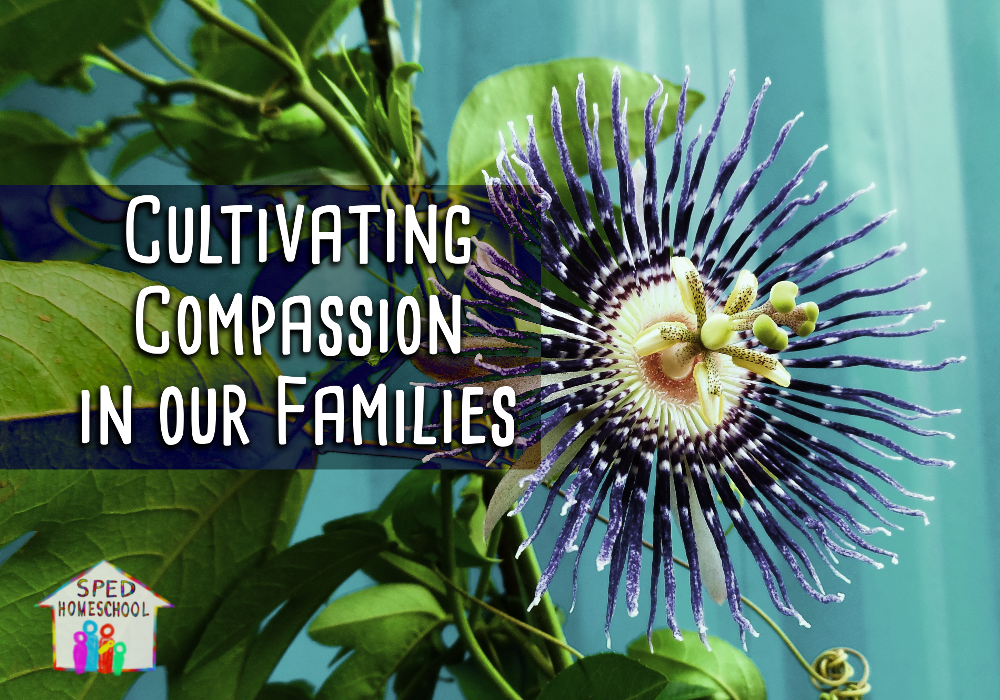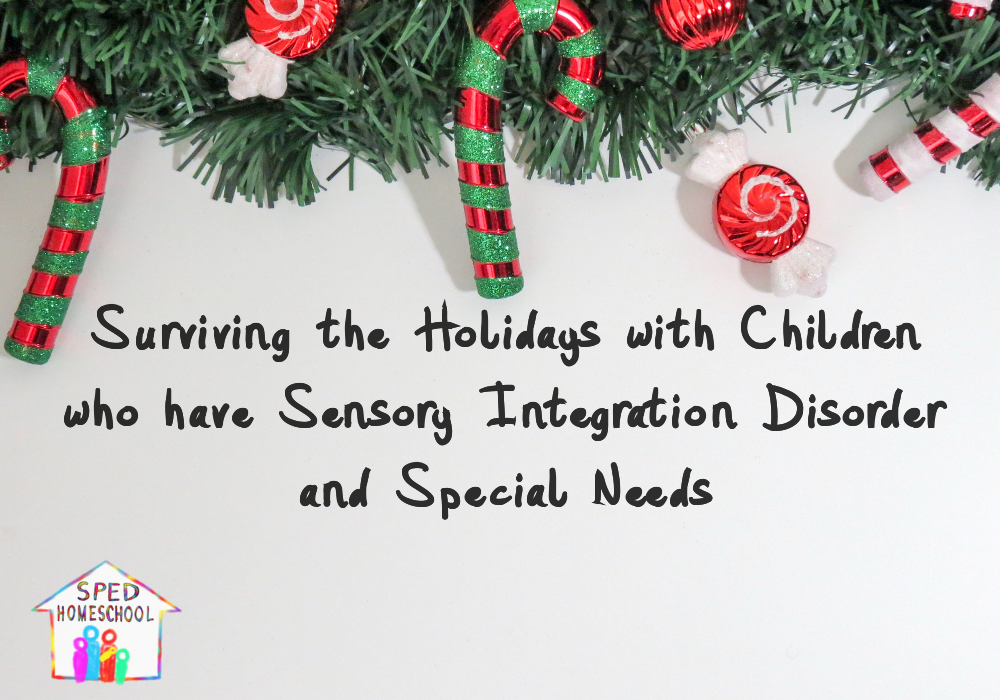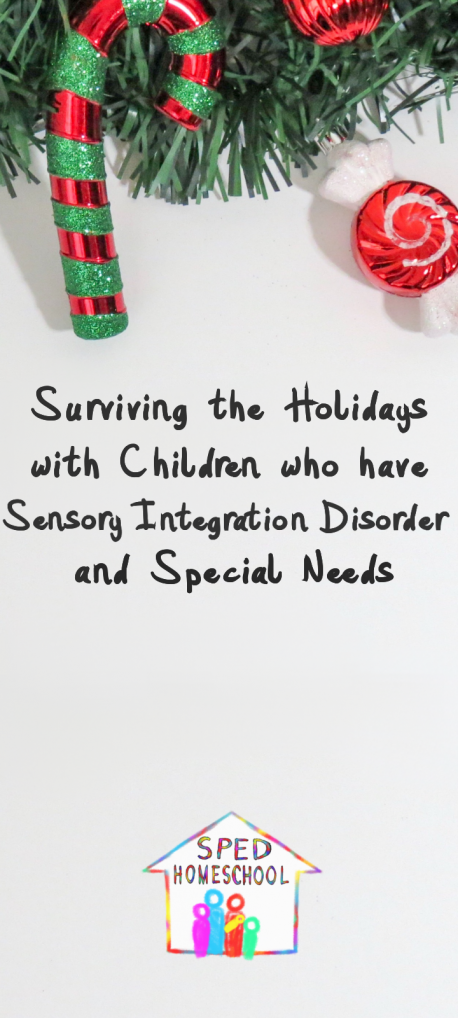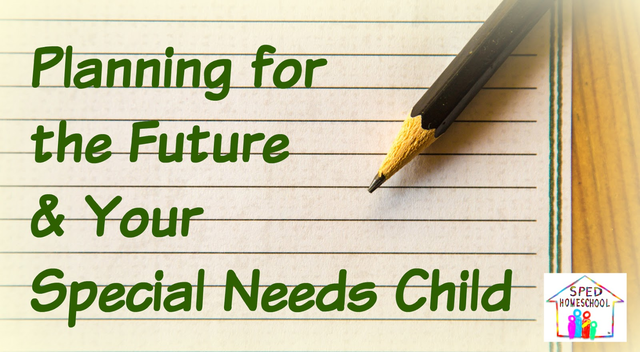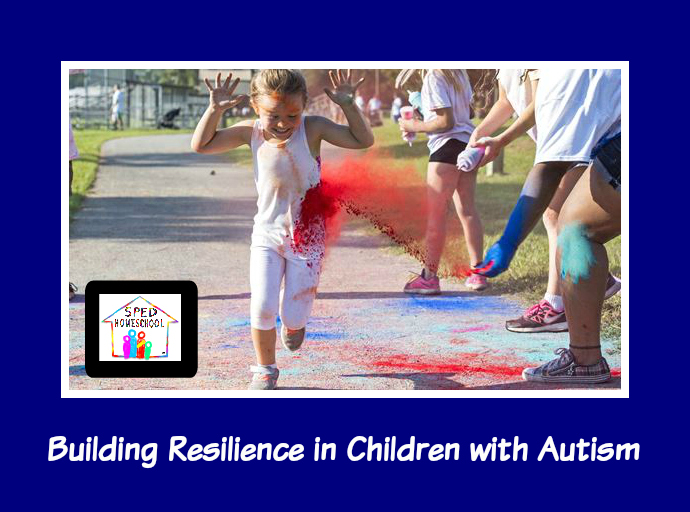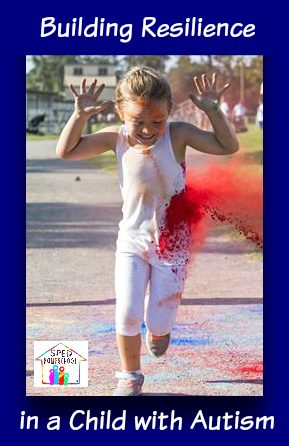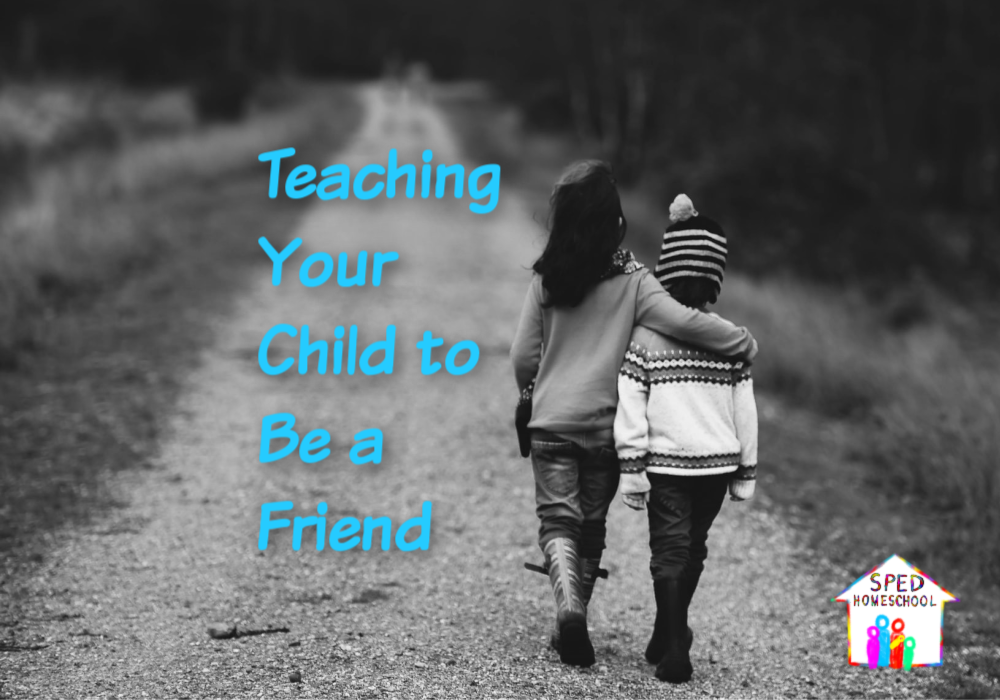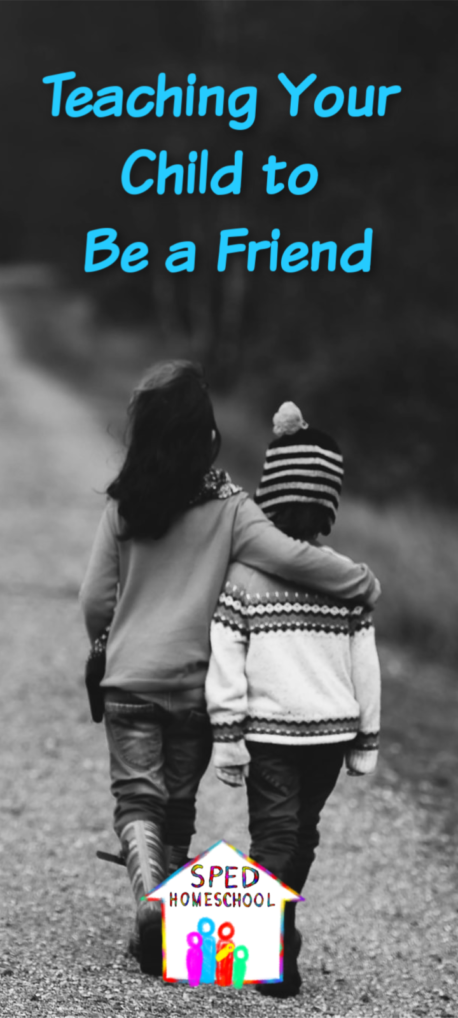
Fred entered our lives when my oldest son, Jonathan, was seven years old. For several years, Jonathan had wanted a dog. We had another family dog, but Jonathan desired one of his own. Our dog was older and not able to run with Jonathan or tolerate the noise and rambunctiousness of my children. Another factor in this decision was my son’s diagnosis of ASD-related challenges and developmental delays. My husband, Chris, and I worried that Jonathan’s intensity and energetic play would overwhelm a dog, so we began researching which breeds would best suit our wonderful son.
Far and away, Golden Retrievers met all the requirements for Jonathan’s pet. They are loyal, patient, energetic, and exceedingly tolerant of children’s inadvertent roughness. Unfortunately, they are also costly to obtain through breeders. I began praying for the right dog to come into our lives. Within a short period of time, an acquaintance shared a post looking to rehome a Golden Retriever. I responded and Fred came to our home for a three-day visit so we could determine his suitability for our family. We were completely unaware of the great change this visit heralded.
Awkward Beginnings and Mutual Need
Fred was a young dog who had been hit by a car, ended up in a shelter, and was then adopted by a young woman who had no time for him. All of his tough beginnings were on display when he came for his visit. Fred leapt on everyone daring proximity. He was so hyper that he couldn’t listen to a command or even respond to his name. His front left leg had significant muscle and nerve damage from his accident which caused a noticeable limp. Yet, he and Jonathan immediately bonded and I knew we were committed to making the relationship work.
After convincing Chris that we could somehow tame this wild beast and survive the experience, we welcomed Fred home. Within weeks, we observed remarkable changes in Jonathan as he interacted with Fred. His empathy and gentleness were growing as he learned to care for his dog. Jonathan began noticing Fred’s needs and wanting to meet them. He asked questions about Fred’s thoughts and feelings; exhibiting a growing “theory of mind.” We were greatly encouraged and hopeful about the future.
Fred’s leg grew stronger as Jonathan walked and played with him. He became calmer and able to receive training. He even mastered basic obedience skills. Jonathan and Fred found in one another what they both needed: unconditional acceptance, love, and a joy in companionship that fueled their growth.
More Than a Pet
Fred became an integral, beloved member of our family. Intrigued by the transformation in Jonathan, I began looking for others who had experienced something similar with their children. There was not a lot of research on the relationship between children with autism and dogs at that time, but there was some. Most information was anecdotal. I ran across a wonderful book called, The Golden Bridge: A Guide to Assistance Dogs by Patty Dobbs Gross. This book details a mother’s experience obtaining a service dog for her son with autism and the benefits of service dogs for children with developmental challenges. Reading this book compelled me to explore whether Fred could be more than a pet for Jonathan.
Jonathan was attending twice-weekly therapy sessions with an occupational therapist, Sue. I presented my ideas about Fred to her and was shocked to learn that she was writing a doctoral dissertation on the assessment of dogs for suitability for service work. We became excited about the idea of using her assessment tools on Fred and obtaining training for him if he passed. Sue was also instrumental in helping me develop helpful tasks that Fred could perform. These tasks had to meet federal criteria and Jonathan’s needs. I brought Fred in for assessment: He passed with flying colors. Next, we focused on finding the right trainer.
Corrina became a friend and ally as soon as I called her. Searching for a certified trainer that could help Fred become a service dog was difficult. All the places that advertised to train service dogs required a long separation from Fred, lots of money, and travel. Given the bond that had already developed between Fred and Jonathan, our need for continuity, and a budget-friendly option, we needed a local trainer. Corrina fit the bill, but had not trained dogs specifically for service work before. She willingly looked at federal and state laws and requirements for service dog certification with me. She read Sue’s tasks for Fred and decided to jump on the wagon with us.
Fred would be trained in scenting for Jonathan, providing deep pressure to aid in calming meltdowns, and helping Jonathan navigate traffic and public places. The tasks seemed large, but Corrina’s confidence and enthusiasm encouraged me that Fred’s transformation to service dog was not only possible but doable. We began training in earnest and Fred eagerly assumed his new work duties.
In my next article, I’ll share more about Fred’s transformation, Jonathan’s steps towards community, and how Fred continues to help our family nine years later. I hope you’ll come back to read it!




